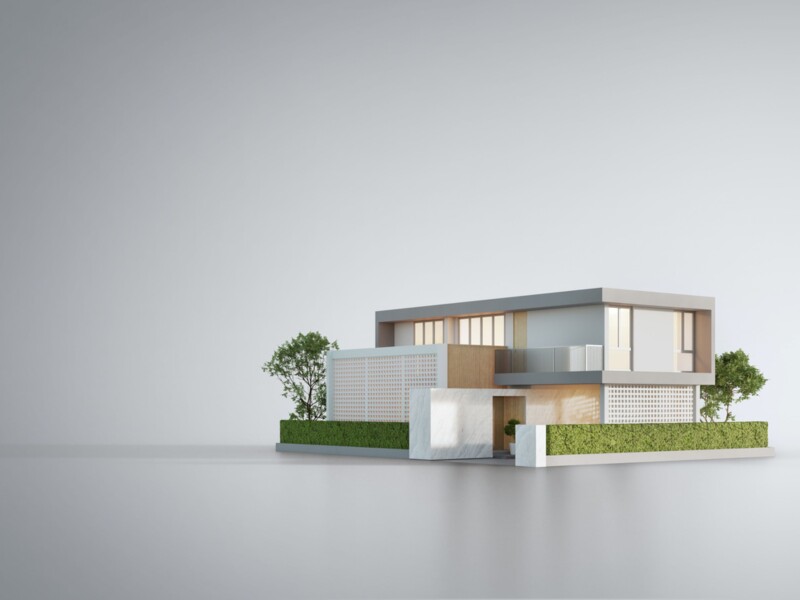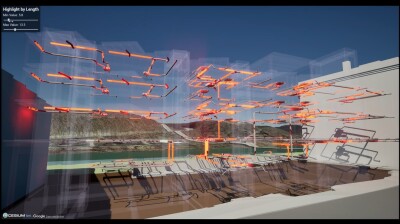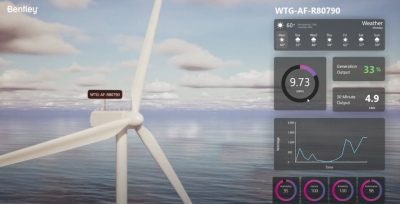Sketchfab is one of the most important virtual locations in the 3D ecosystem as a website where users can share and find 3D assets for mixed reality and other advanced visualization applications. The website was founded in 2011, and ten years later was acquired by Epic Games, who has since announced that it would be merged into a new marketplace called Fab, which is yet to launch.
Regardless of its owner and official name, Sketchfab continues to be of utmost importance to millions of users, and now gains even more utility. Last week, Cesium CEO Patrick Cozzi announced that users can now import 3D models from Sketchfab into Cesium ion to create 3D Tiles, which they say will “[make] it easier to create context and content for geospatial experiences.”
The foundation for this new capability goes back to 2017 when Sketchfab added glTF support for all downloadable scenes, regardless of source format. This quickly made them the largest online repository of glTF files, less than a year after they initially announced their support for the format. With the connection to Cesium ion, users have access to over 700,000 free 3D models to be used in geospatial projects.
For those unfamiliar, Cesium ion is the company’s platform for building 3D content with geospatial data using 3D Tiles, which were created by Cesium and later adopted by the Open Geospatial Consortium as an industry standard. (Learn more about 3D Tiles from a Geo Week News conversation with Cesium’s Lisa Bos here.) The SaaS platform allows for users to build interactive 3D content using their own data combined with high-resolution terrain and imagery, as well as buildings.
Now, users can also take content from Sketchfab directly within Cesium ion to add more context into these 3D experiences. To do so, users can link their Sketchfab accounts within the Cesium ion platform, and from there search the repository for free Sketchfab models. Once the correct asset is found, the model can be imported as a 3D Tile asset into the user’s Cesium ion account, allowing the user to place the model in the precise geolocation and ultimately add it to that aforementioned 3D experience.
This move extends Cesium’s goals of making the geospatial and 3D ecosystems more open and based on open standards, something the company has made a key part of their ethos with 3D Tiles and other moves. They’ve also shown a commitment to growing the 3D ecosystem and supporting smaller players in the space, including with their grant targeting innovation within the ecosystem that was started around this time last year.
In a blog post announcing the Sketchfab news, Bos wrote, “Cesium applauds Sketchfab and Epic Games’ commitment to open standards as the best way to grow a vibrant 3D ecosystem, and we’re thrilled to make Sketchfab assets available through Cesium’s open platform for building 3D geospatial experiences.”
Bos also noted some examples of how this can be used in workflows, including one example in which a high-resolution inset of Fénis Castle in northern Italy is combined with Google Photorealistic 3D Tiles and visualized with Unreal Engine. Find the entire blog post, including a short video explanation of how to take advantage of this workflow, here.






